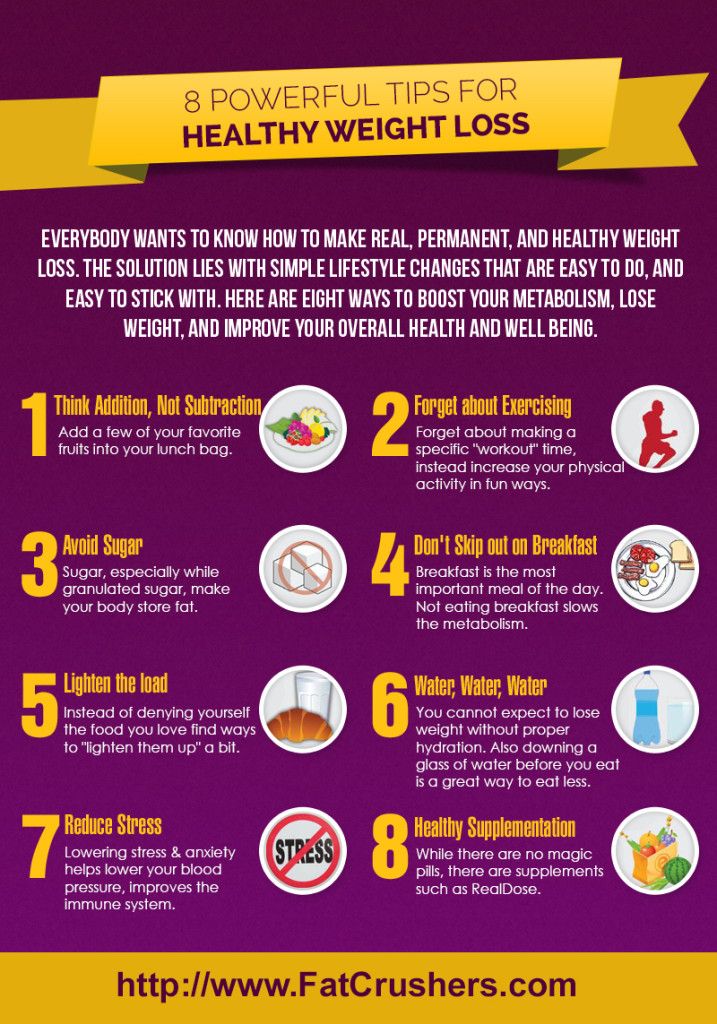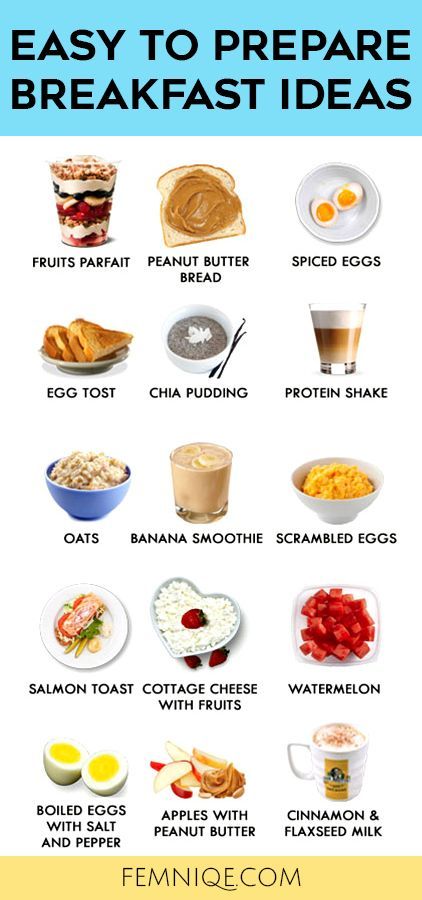
You can get a great workout with low impact that burns 400 to 600 calories each hour by taking a spinning class. These classes are a great alternative to strength training and a great way of losing weight. There are many benefits to taking a spinning class. Read on to learn more. After reading this article, you'll be ready to book your next spin class!
Spin classes burn between 400 and 600 calories per hour
If you're looking to lose weight, taking a spin class could be the perfect solution. Spinning not only increases your cardiovascular health, but it also helps you shed fat and calories. While spinning is not the best workout, there are many other benefits. It can improve body composition and reduce body fat. Plus, you can enjoy the camaraderie and awesome tunes.
You can burn between 300 to 600 calories an hour, depending on what type of spin class is chosen. The more intense the class, the higher the calories you'll burn. This is especially important if you struggle to keep motivated for a 30-minute class. Start slow and increase intensity over the 30-minute class. Your spin class will determine the intensity. Generally, you can expect to burn between 400 to 600 calories during a 45-minute class.

This is a low-impact, low-impact workout
A spin class is an excellent way to increase your cardiovascular health without the risk of running. The low-impact nature of spinning also makes it a great workout for older adults or those recovering from orthopedic injuries. You can adjust the resistance to work at a moderate speed without straining your joints. There are many advantages to spinning and you might be surprised by how effective it can be. If you're interested in finding out if spinning is right for you, give it a try.
You will not only get a cardiovascular workout in spin class, but also better circulation. Spin classes improve mood, stamina as well as prevent chronic diseases. You will not only get your daily exercise, but you'll also be able to burn hundreds of calories (up to 600). You can fit a spin class into your busy schedule. You can also join a spin or group class if you don’t have time to cycle outside.
It is a great substitute for strength training
Many people don’t realize that they can work out without going to the gym. Strength training can help build muscle and reduce injury risk. Strength training isn't the only exercise that can build muscles. Many people use it to bulk up. But, even if your gym is not frequent, it is worth going to one to get started.
Strength training is a proven way to build complete-body muscle. The variety of forms available can make it difficult for newbies. Traditional strength training is associated with body builders and involves lifting weights. Functional strength trains use your own body weight, small pieces and equipment to improve daily movements. You can get a full body workout if you do it with multiple muscle groups.

It will help you lose weight
According to the American Sports Commission, indoor cycling can help you burn 600 calories in just 45 minutes. While this is more than aerobic exercise or walking, it is important to know your body type and weight before starting an exercise program. The government's physical activity guideline for adults is to get at least 150 minutes of physical activity each week. This means that a 30-minute spin class could help you lose one pound per year.
The cardio aspect of spinning can help strengthen your heart. It is a great way to lose weight and inches. You can also hire a personal trainer to help improve your fitness. These trainers can offer advice about the best exercises to do for your specific body type and fitness level. You'll be able see your results quicker than you imagined and your results will be there sooner than anticipated.
FAQ
How long does it take for you to lose weight?
It takes time to lose weight. It usually takes six to eight months to lose 10%.
It's important to remember that you shouldn't expect to lose weight overnight. Your body will need time to adapt to new dietary changes.
This means that your diet needs to be slowly changed over several days, or even weeks.
You should also stop trying fad diets. They don't work. Instead, you should change your daily routine.
You should stop eating unhealthy snacks late at nights, for example.
You should eat healthier meals in the morning. This will ensure that you don't snack late at night.
A good habit to follow is to drink plenty of water throughout your day. Water helps to keep your body hydrated and prevents dehydration. Dehydration can cause you to feel tired and sluggish.
A lot of water throughout the day is a great way to stay energized.
Finally, you should reduce stress levels by doing things that relax you. Spending time with loved one could help you reduce stress.
You could also read books or watch movies, or listen to music.
These activities will help you unwind from stressful situations. They can also help improve your moods and self-esteem.
You should consider your health when trying to lose weight.
Your overall health can be measured by your physical fitness. Proper nutrition and regular exercise are essential to staying fit.
Why would you want to lose weight before turning 40?
Maintaining health and fitness is the most important thing for people over 40. It is vital to find healthy ways to stay active throughout your lifetime. This means regular exercise and eating healthy, as well as not smoking and moderate alcohol.
It is also important that you understand that as we age, our bodies undergo changes. Our bones become weaker, and our muscles begin to shrink. By taking care of our bodies, we can slow the aging process.
Being healthy and active as we age has many benefits. These benefits include:
-
Better sleep
-
Improved moods
-
Energy levels increase
-
Lower risk of getting cancer
-
A longer life
-
More independence
-
Better sex
-
Improved memory
-
Concentration is key
-
Improved circulation
-
Stronger immune system
-
Less pain and aches
What level of exercise is required to lose weight?
There are many factors that affect the amount of exercise you need to lose weight. Most people need to exercise at least 30 minutes five days a weeks.
The American College of Sports Medicine recommends 150 mins of moderate-intensity aerobic exercise per week spread over three consecutive days.
You can lose 10 pounds by doing 300 minutes of moderate-intensity exercises each week, for example. This includes activities like jogging or running, swimming laps and biking.
You can start out by doing 20 minutes of intense activity three times a week. It could be sprinting, lifting weights, jumping rope or fast walking.
Aerobic exercise is a great way to burn calories and build muscle mass. Muscle burns more calories than fat does. So building muscle while losing weight may help you achieve your goal faster.
What can I eat while on intermittent fasting in order to lose weight?
You can lose weight by cutting out carbs. This means eliminating carbohydrate-based foods such as pasta, bread, rice, potatoes, or other carbohydrate food.
Also, you should avoid eating too many protein as it can make you feel fuller for longer. So you won’t feel hungry nearly as often.
Instead, focus on foods that contain healthy fats, such as olive oil, avocado, nuts, and seeds. These foods are satisfying and will keep your hunger at bay for hours.
It's important to make sure you're drinking plenty of water, too. Water helps you to stay hydrated which makes it easier for you to lose weight.
Sometimes you may feel compelled to eat these foods even if you're not fasting. This doesn't mean that you must give in to your cravings. If you do, you could gain more weight than you lost.
Keep an eye on the amount of food you eat throughout the day to avoid overeating. You can sip water instead of reaching out for another snack when hunger strikes.
It may sound counterintuitive but this has been shown to help you lose weight. One study published in Obesity showed that plain water was more nutritious than sugary drinks.
Drinking plain water also reduced hunger. Drinking water is the best way to lose weight if you don't want sweetened beverages.
If you want to lose weight, you don't need to count every calorie or deprive yourself of certain foods. Instead, make small lifestyle changes.
Try swapping out your usual breakfast sandwich in favor of a bowl o' oatmeal. Or swap your afternoon cookie for a piece of fruit.
These simple swaps will add up over time and help you shed pounds without spending hours in the kitchen.
What can I drink during intermittent fasting in the morning?
Drink water before you go to bed at night. It helps you feel full faster and gives you energy throughout the day. Add lemon juice or cucumber pieces to spice it up.
Statistics
- One study in 9 active men found that HIIT burned 25–30% more calories per minute than other types of exercises, including weight training, cycling, and running on a treadmill (18Trusted Source (healthline.com)
- According to Harvard Health, it's estimated that a 155-pound (70-kg) person burns roughly 112 calories per 30 minutes of weight training (5). (healthline.com)
- A 12-week study in 20 women with obesity found that walking for 50–70 minutes 3 times per week reduced body fat and waist circumference by an average of 1.5% and 1.1 inches (2.8 cm), respectively (healthline.com)
- According to Harvard Health, it's estimated that a 155-pound (70-kg) person burns around 167 calories per 30 minutes of walking at a moderate pace of 4 mph (6.4 km/h) (5). (healthline.com)
External Links
How To
How to Intermittent Fasting
Intermittent fasting, a type of dieting that allows you to only eat one time per week, generally Monday through Friday. The idea behind this is to reduce your overall calorie intake while still getting adequate nutrition. This is believed to help you burn more fat than if your meals were regular throughout the week.
The most common type of IF is to restrict calories on specific days of the week. This would be a way to skip breakfast and eat whatever you want throughout the day. You could choose to eat three small meals per day rather than two big ones.
You can choose from many different types of intermittent fasting such as alternate day fasting (alternative day fasting), 5/2 fasts (8/4 fasts), 16/8 fasts, and so on. There are pros and cons to each type of intermittent fasting. Alternate day fasting is the easiest way to start out because you don't have to make any major changes to your lifestyle. But, there are some people who find it hard to follow such a strict schedule. These people might prefer to try different methods.
If you're looking to start an intermittent fasting routine, I recommend starting with alternate-day fasting. This will allow you gradually to transition into more extreme fasting habits without changing your lifestyle.